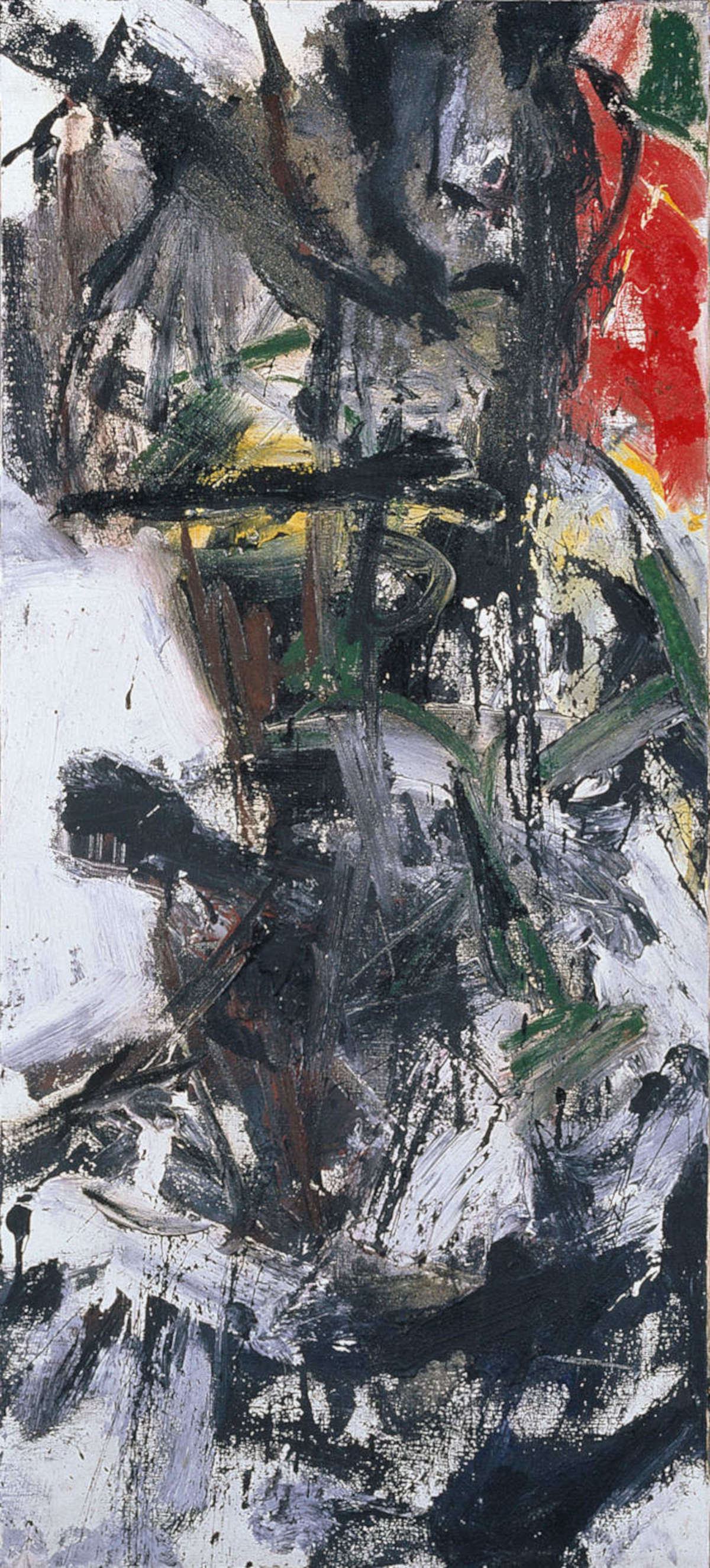From December 7, 2024 to May 4, 2025, the Fondazione Cassa di Risparmio di Jesi is organizing the exhibition La libera maniera - Abstract and Informal Art in the Intesa Sanpaolo Collections at Palazzo Bisaccioni in Jesi. Promoted in collaboration with Gallerie d’Italia and the Ivan Bruschi House Museum Foundation of Arezzo, and sponsored by the Marche Region, the exhibition is curated by Marco Bazzini, a leading expert on contemporary figurative culture, with coordination by Mauro Tarantino, director of the Fondazione Cassa di Risparmio di Jesi. The event makes use of Intesa Sanpaolo ’s prestigious collections , the result of a well-established synergy with the Marche Foundation. This year, this partnership has produced a new exhibition, which has already been presented in Arezzo, at the Ivan Bruschi Foundation, from March 2 to July 21, 2024. The Jesi exhibition includes more than forty carefully selected works, exploring a crucial period in Italian history, between the end of World War II and the advent of the 1960s.
“It is difficult to think of the 1950s as a time in which everything unfolds with linear progress because they are years in which becoming is chaotic, especially in the art that is its mirror; years in which several directions are followed, where everything springs from a dialectic between several fires sometimes close to each other other other other times very far away. A heterogeneous mass of contrasting opinions and practices legacy of values and experiences that, like bees, pollinate the following decade,” writes curator Marco Bazzini.
In this time frame, the country goes through a phase of not only material but also cultural reconstruction, overcoming the physical and moral rubble left by the conflict and the limitations of Fascism. The 1950s marked the rebirth of the Republic and the arts, amid new social dynamics and lively artistic experimentation, often accompanied by heated debates. The exhibition opens with artists such as Alberto Magnelli and Corrado Cagli, pioneers of interwar abstractionism, who returned to Italy after exile, bringing new stylistic influences. Hence different expressive “manners” developed, recalling the term dear to Giorgio Vasari, whose 450th anniversary of his death occurs this year. Prominent among the protagonists are Alberto Burri, with his polymateric sensibility, and Lucio Fontana, explorer of new spatial dimensions, flanked by young talents such as Edmondo Bacci, Tancredi Parmeggiani, Cesare Peverelli and Gianni Dova.
Emerging artists of the 1940s and 1950s experimented with new languages. Carla Accardi, Achille Perilli, and Antonio Sanfilippo (Gruppo Forma in Rome) explored sign, while Emilio Vedova charged gesture with revolutionary meanings. Afro Basaldella and Mario Nanni investigate the potential of color, while others, such as Gillo Dorfles, Bruno Munari and Atanasio Soldati, adherents of the Movimento Arte Concreta in Milan, seek an objective and abstract reality, far from references to reality. At the same time, artists such as Renato Birolli, Ennio Morlotti and Antonio Corpora continued to draw inspiration from nature, developing dense pictorial surfaces, while others, such as Enrico Baj, Guido Biasi and Mario Persico, were influenced by the atomic and scientific universe of the time.
Women artists also actively participated in this creative season, bringing an autonomous and significant contribution. Among the works on display are those of Carol Rama, Renata Boero, Regina, Paola Levi Montalcini and a very young Grazia Varisco. In addition, the exhibition includes works by artists who, although formed in these years, went beyond Informal to pave the way for the research of the following decade: Toti Scialoja, Gastone Novelli, Mario Nigro, Enrico Castellani, Gianni Colombo and Agostino Bonalumi. Other names featured in the exhibition include Piero Dorazio, Giulio Turcato, Arnaldo Pomodoro (in his first pictorial experiences) and Plinio Mesciulam. Free manner aims to emphasize the variety and richness of artistic experimentation that characterized the years of the economic miracle, drawing a picture of the creative fervor of an Italy in the midst of transformation.






 |
| At Palazzo Bisaccioni in Jesi, abstract and informal art between war and rebirth |
Warning: the translation into English of the original Italian article was created using automatic tools. We undertake to review all articles, but we do not guarantee the total absence of inaccuracies in the translation due to the program. You can find the original by clicking on the ITA button. If you find any mistake,please contact us.